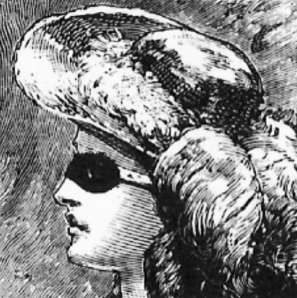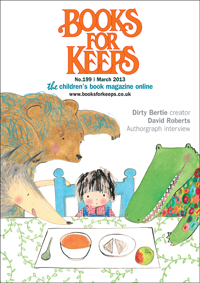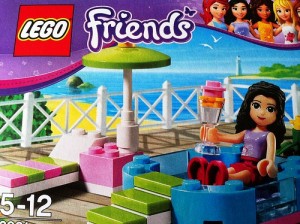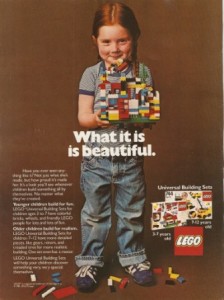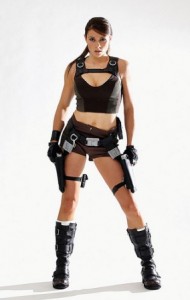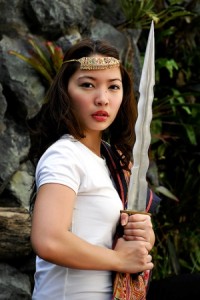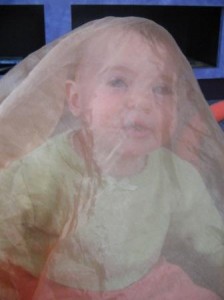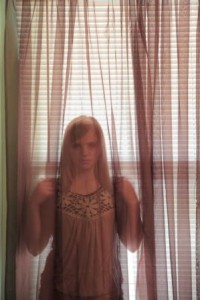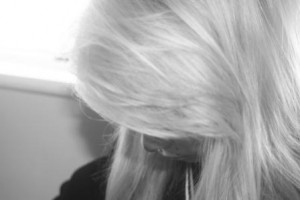Now I am something of a feminist in case you didn’t know, Dear Reader – but I do love a Principal Boy. I love a girl in britches. I always fancied the Prince in the Panto, and any story where the girl dresses up as a boy and gets away with it, gives me great pleasure.
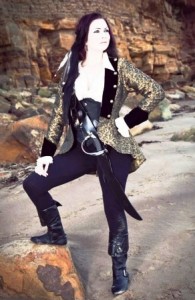
What a pirate! ( Jacket from The Dark Angel)
There’s the irrepressible Linnet in The Children of Green Knowe playing at being a choirboy, Jo March acting in Little Women, Celia Rees’ Sovay – a highwaygirl and of course, most of the cast of Terry Pratchett’s Monstrous Regiment.
I never knew George out of The Famous Five books – but I would have loved her. Likewise Mulan and Tamora Pierce’s Alanna . I was a bit of a tomboy – having to be forcibly made to wear a frock, turfing my dolls out of their pram and using it to carry bricks, and jousting with the clothes pole.
I have to admit I was easily hoodwinked. I had no idea about the central character in The Turbulent Term of Tyke Tyler ( which I still love) and honestly, it came as a great and glorious surprise to me when Dernhelm took off ‘his’ helmet in The Lord of the Rings. It still moves me every time I read it.
I really don’t want contemporary girls to think they have to be boys in order to have autonomy.(See my previous post and this splendid one by Katherine Langrish). But in historical fiction and fantasy, it’s a way for our heroines to get out of the home – and it’s such great fun. There’s something about the sheer audaciousness of it.
And in my case, I identified more with Robin Hood or The Lone Ranger or Ivanhoe or my Dad than my stay-at-home Mum. That probably speaks volumes about me. I’ll end with Gandalf speaking about Eowyn to her brother Eomer:
but she, being born in the body of a maid, had a spirit and courage at least the match of yours.
I think that’s it – spirit. Girls in britches embody courage for me.
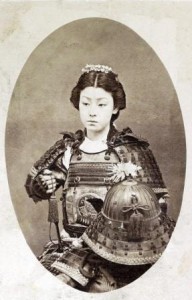
Female Samurai courtesy of Retronaut

